Makita DTC104 Bruksanvisning
Les nedenfor 📖 manual på norsk for Makita DTC104 (148 sider) i kategorien Saks. Denne guiden var nyttig for 11 personer og ble vurdert med 4.9 stjerner i gjennomsnitt av 6 brukere
Side 1/148

DTC104
DTC104
EN
Cordless Cable Cutter INSTRUCTION MANUAL
2
FR
Coupe câble sans l MODE D’EMPLOI
12
DE
Akku-Kabelschneider BETRIEBSANLEITUNG
22
IT
Tagliacavi a cricchetto a batteria ISTRUZIONI PER L’USO
32
NL
Snoerloze kabelschaar GEBRUIKSAANWIJZING
43
ES
Cortadora de Cable Inalámbrica
MANUAL DE INSTRUCCIONES
53
DA
Batteridreven kabelsaks INSTRUKTIONSVEJLEDNING
64
SV
Batteridriven kabelklippare BRUKSANVISNING
74
NO
Batteridrevet kabelkutter INSTRUKSJONSHÅNDBOK
84
FI
Akkukaapelileikkuri KÄYTTÖOPAS
94
LV
Akumulatora kabeļu knaibles LIETOŠANAS INSTRUKCIJA
104
LT
Akumuliatorinės kabelio kirpimo žirklės NAUDOTOJO VADOVAS
114
ET
Aku kaablilõikur KASUTUSJUHEND
124
ZHTW
充電式電纜剪
使用手冊
134
Read before use.
À lire avant utilisation.
Vor Gebrauch lesen.
Leggere prima
dell’uso.
Lezen voor gebruik.
Leer antes de usar.
Læs inden brug.
Läs före användning.
Må leses før bruk.
Lue ennen käyttöä.
Izlasīt pirms lietošanas.
Prieš naudodami
perskaitykite.
Lugege enne
kasutamist.
使用前請詳讀。
Produkspesifikasjoner
| Merke: | Makita |
| Kategori: | Saks |
| Modell: | DTC104 |
Trenger du hjelp?
Hvis du trenger hjelp med Makita DTC104 still et spørsmål nedenfor, og andre brukere vil svare deg
Saks Makita Manualer
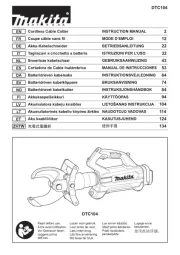
20 August 2025
Saks Manualer
Nyeste Saks Manualer
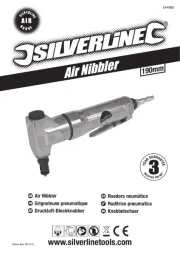
23 September 2025
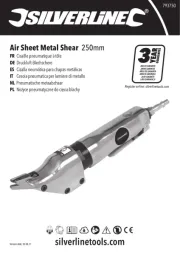
23 September 2025
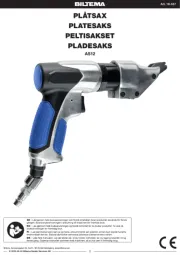
10 September 2025
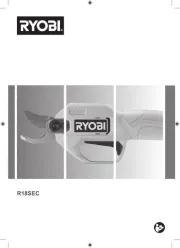
30 August 2025
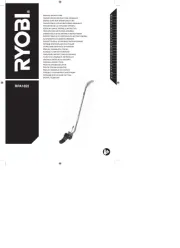
30 August 2025
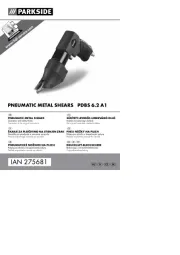
28 August 2025
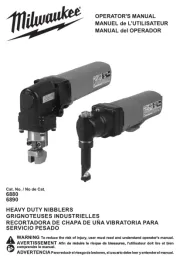
4 August 2025

10 Januar 2025

16 Oktober 2024